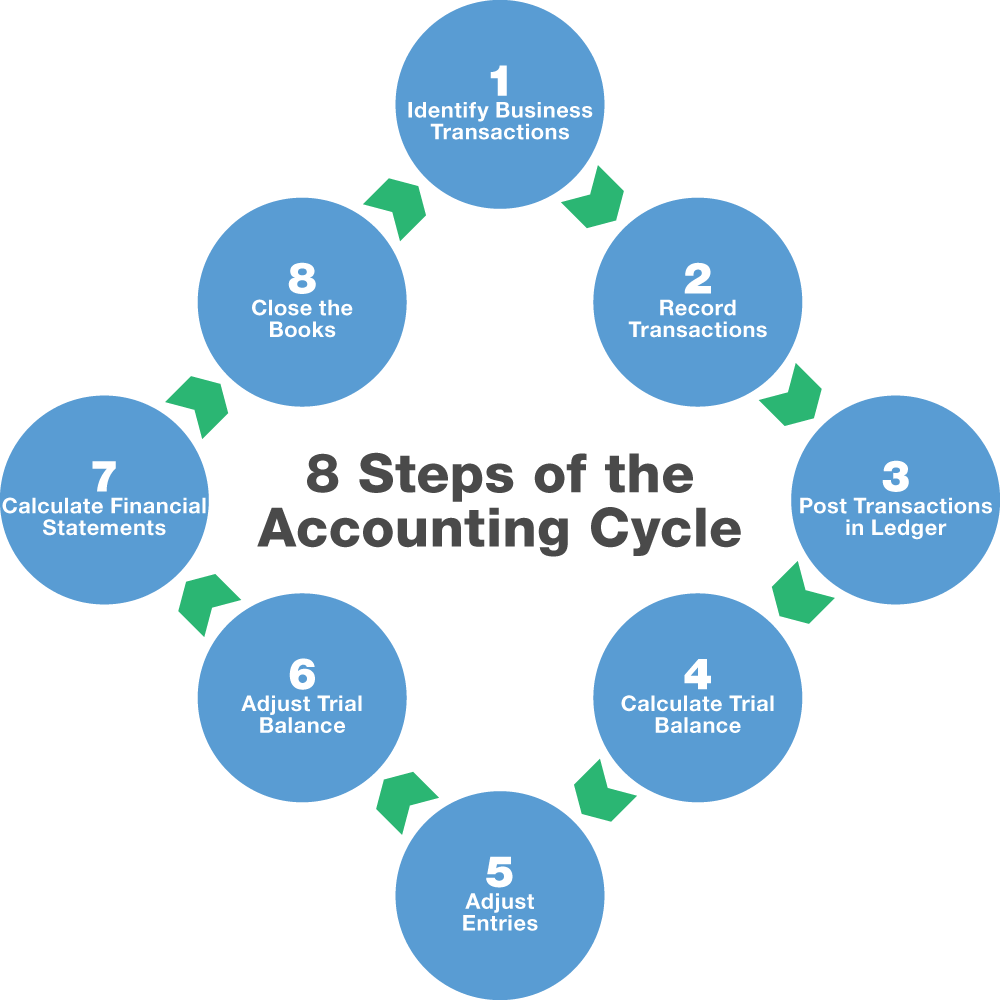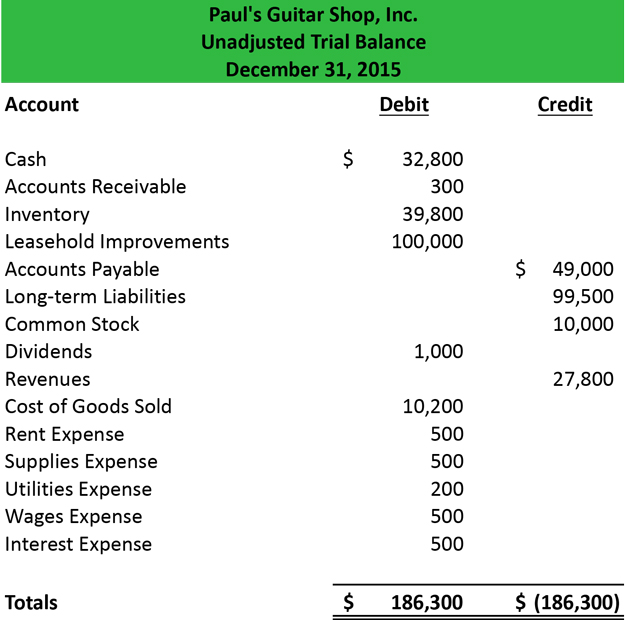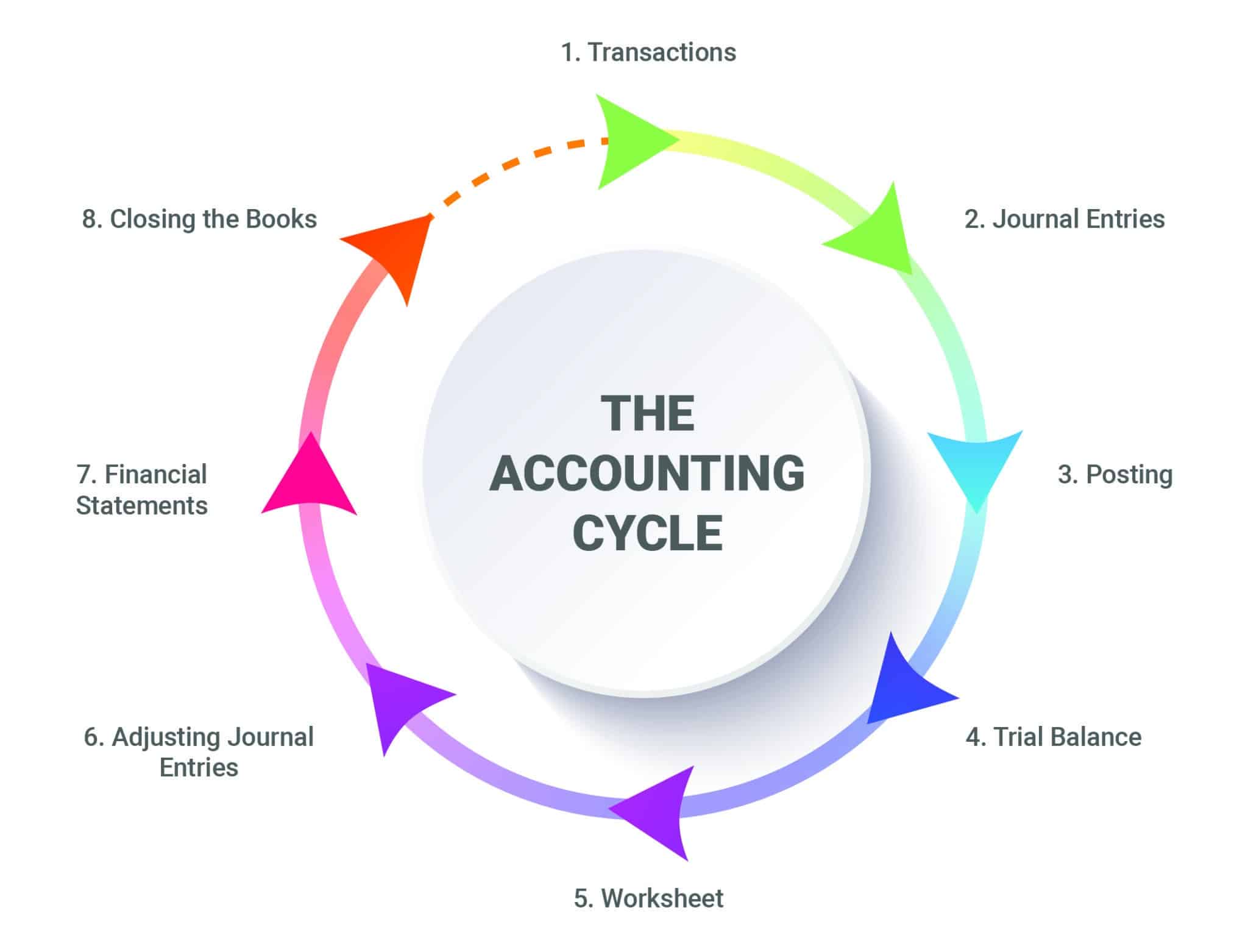Nice Info About Explain Trial Balance In Accounting
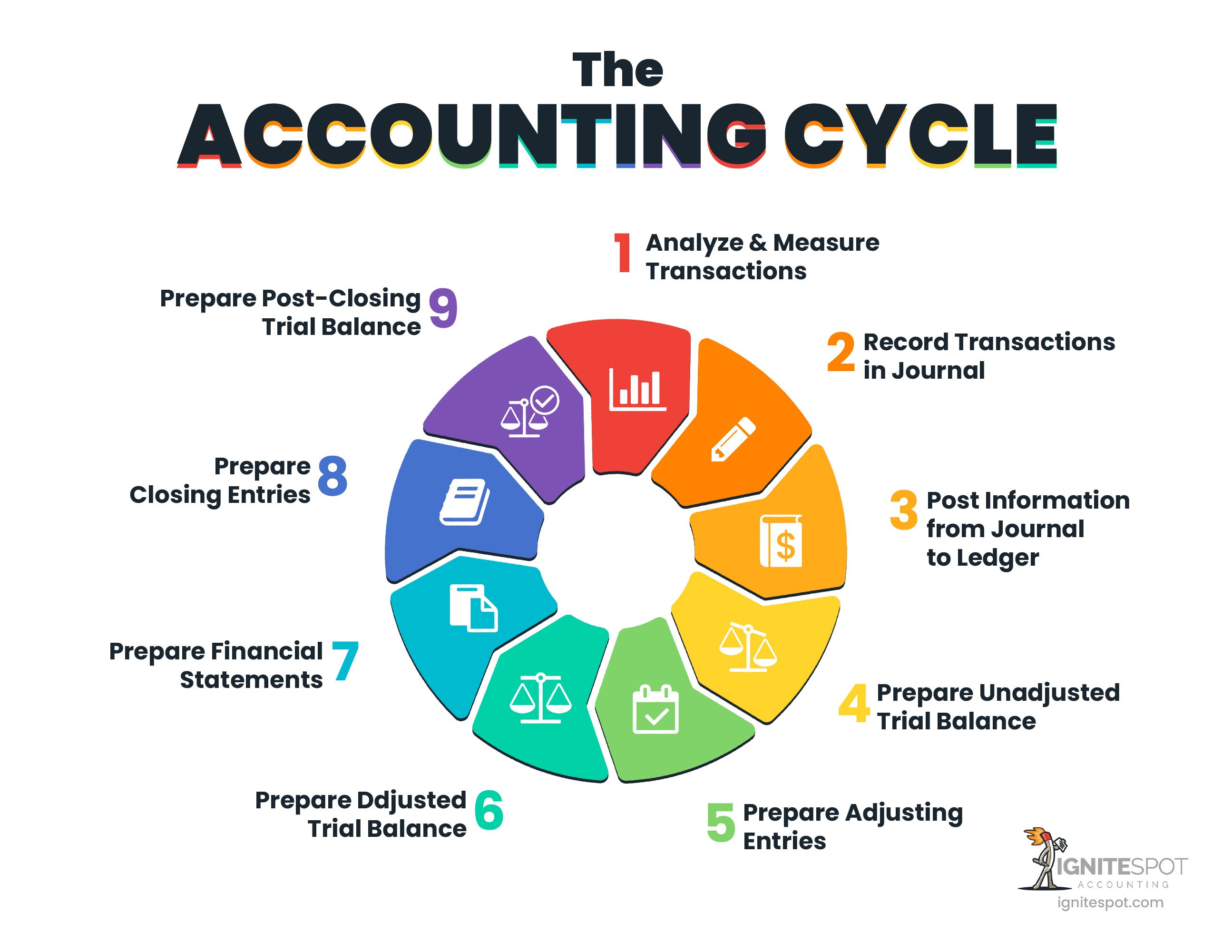
Balancing in a trial balance.
Explain trial balance in accounting. A trial balance sheet is a report that lists the ending balances of each account in the chart of accounts in balance sheet order. A company prepares a trial balance. A trial balance is an accounting report used by business accountants during the accounting close process to ensure that all general ledger accounts have equal debit and credit totals, meaning the gl accounts are in balance,.
A balanced trial balance ascertains. The total debit balance of all asset accounts should equal the total credit balance of all liability and equity accounts. Trial balance is a list of closing balances of ledger accounts on a certain date and is the first step towards the preparation of financial statements.
Utilities a trial balance can offer and its interpretation. The trial balance is an accounting report that lists the ending balance in each general ledger account. (often the accounts with zero balances will not be listed.)
A trial balance is a bookkeeping or accounting report that lists the balances in each of an organization's general ledger accounts. Note that for this step, we are considering our trial balance to be unadjusted. A trial balance is an accounting report used by business accountants during the accounting close process to ensure that all general ledger accounts have equal debit and credit totals, meaning the gl accounts are in balance,.
The trial balance is a bookkeeping or accounting report in which the balances of all the general ledger accounts of the organization are listed in separate credit and debit account columns. It includes transactions done during the year and the opening and closing balances of ledgers, as every entity needs to evaluate its financial position over a particular period. A trial balance is a statement that keeps a record of the final ledger balance of all accounts in a business.
What is a trial balance? Trial balance is prepared at the end of a year and is used to prepare financial statements like profit and loss account or balance sheet. Trial balance is the report of accounting in which ending balances of a different general ledger of the company are and is presented into the debit/credit column as per their balances, where debit amounts are listed on the debit column, and credit amounts are listed on the credit column.
The total of both should be equal. Trial balance has a tabular format that shows details of all ledger balances in one place. A trial balance is a list of all accounts in the general ledger that have nonzero balances.
An organisation prepares a trial balance at the end of the accounting year to ensure all entries in the bookkeeping system are accurate. In other words, the total debits must equal the total credits. The primary purpose of a trial balance is to ensure that the company’s accounting records are in balance.
A trial balance is a bookkeeping worksheet in which the balances of all ledgers are compiled into debit and credit account column totals that are equal. This means that it states the total for each asset, liability, equity, revenue, expense, gain, and loss account. This statement comprises two columns:
A trial balance is a summary of balances of all accounts recorded in the ledger. Trial balance helps a professional accountant to balance or check both debit and credit items of income, expenses, assets, and liabilities. A trial balance is a report that lists the balances of all general ledger accounts of a company at a certain point in time.


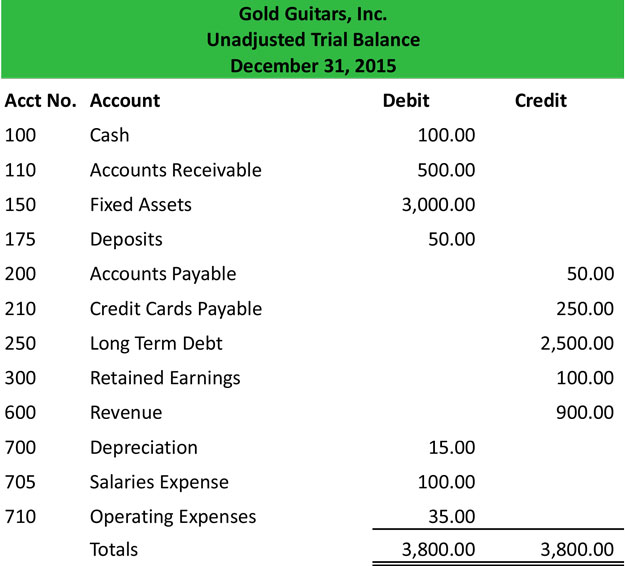
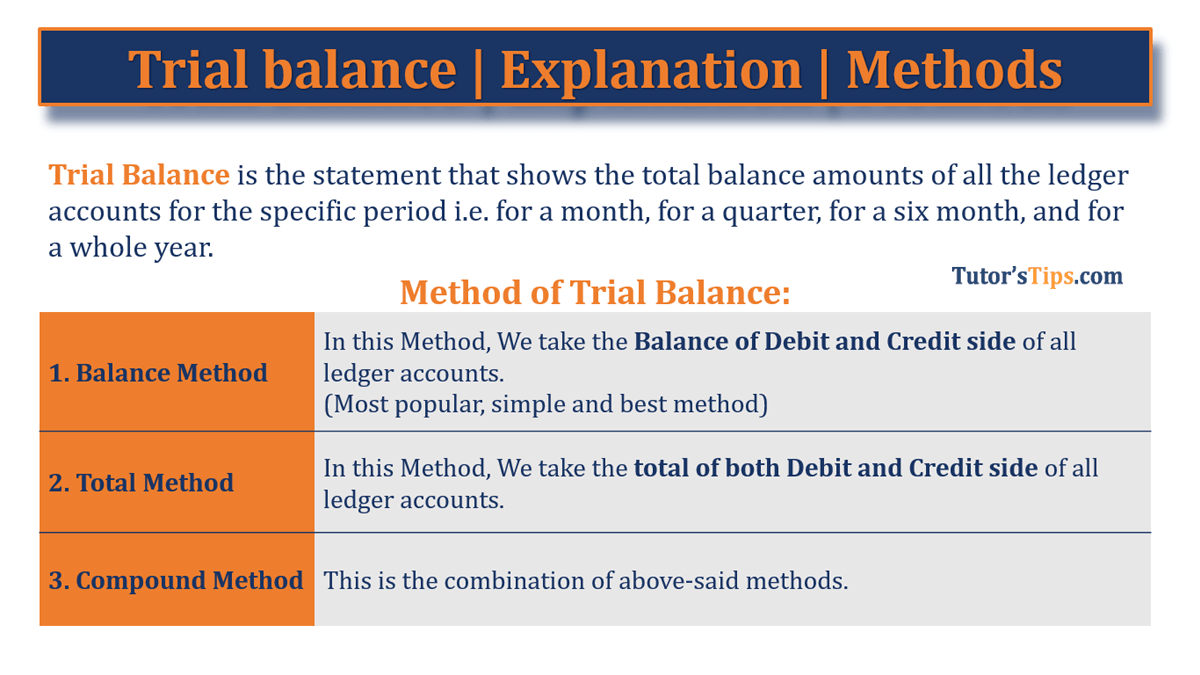

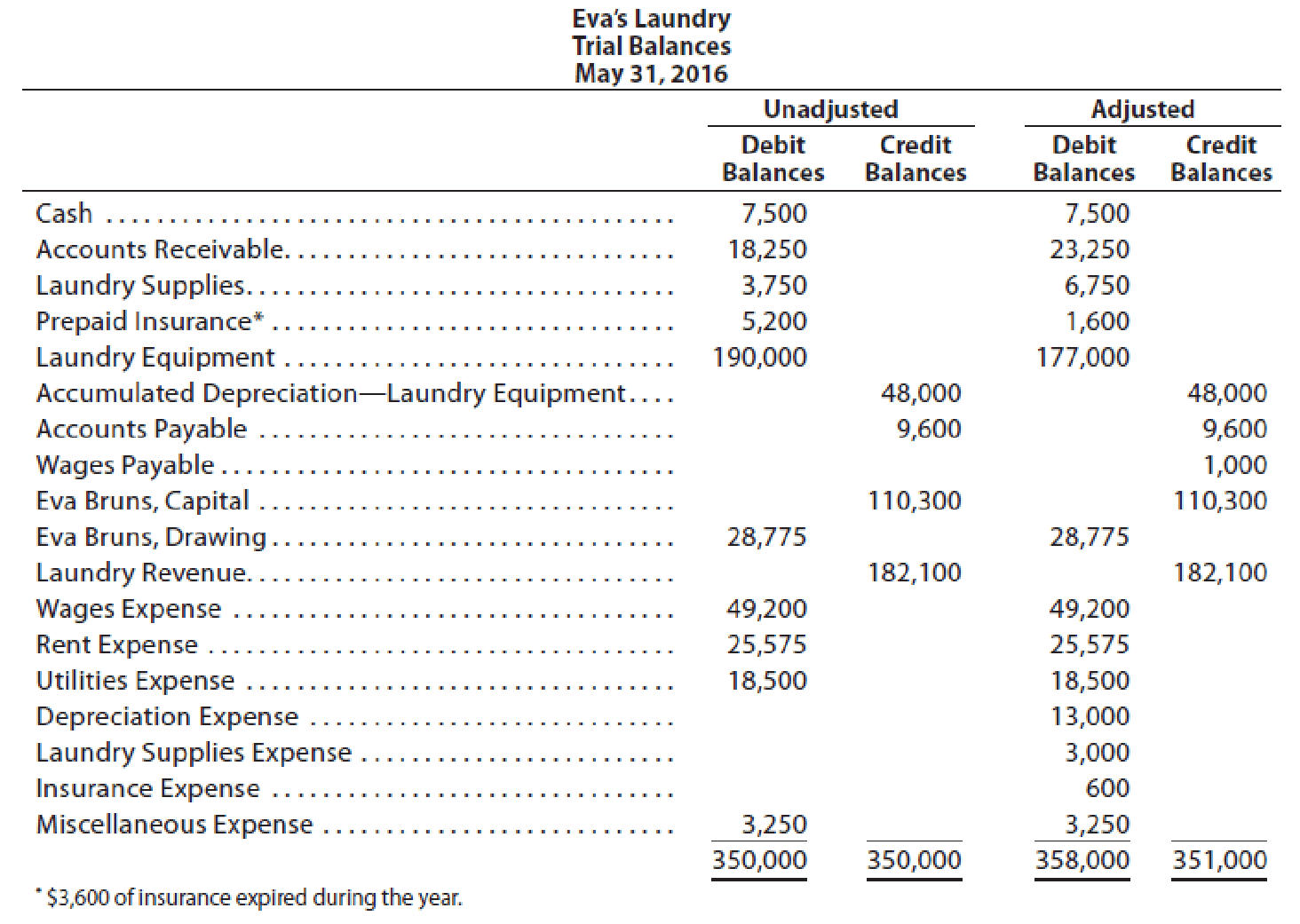
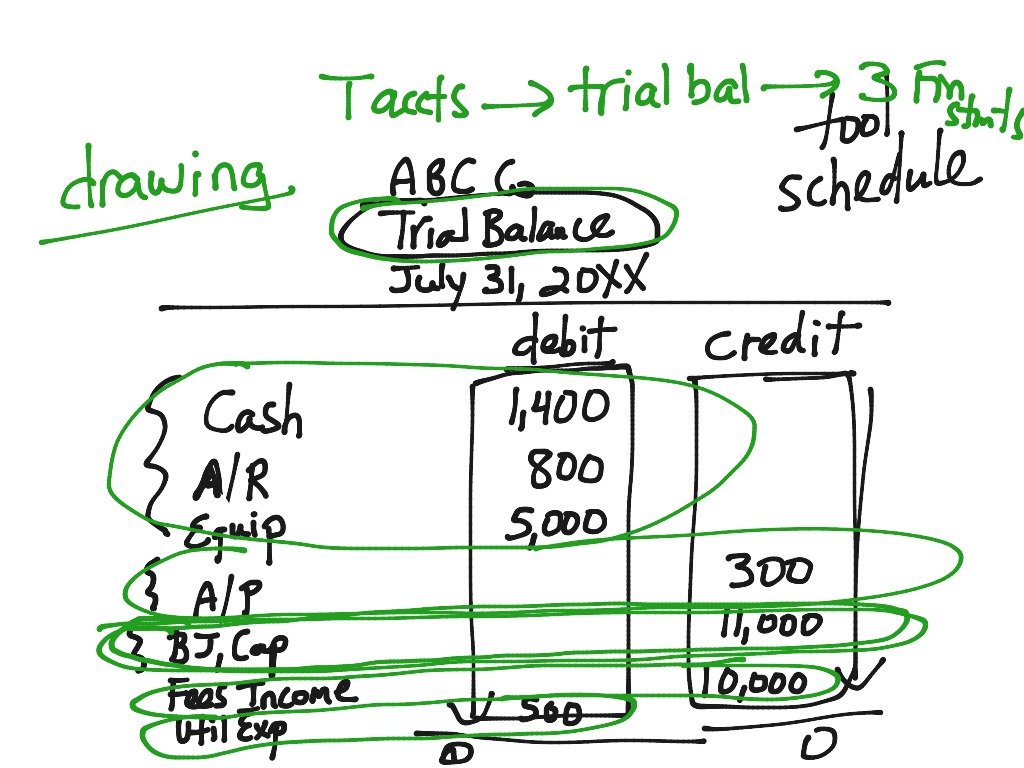
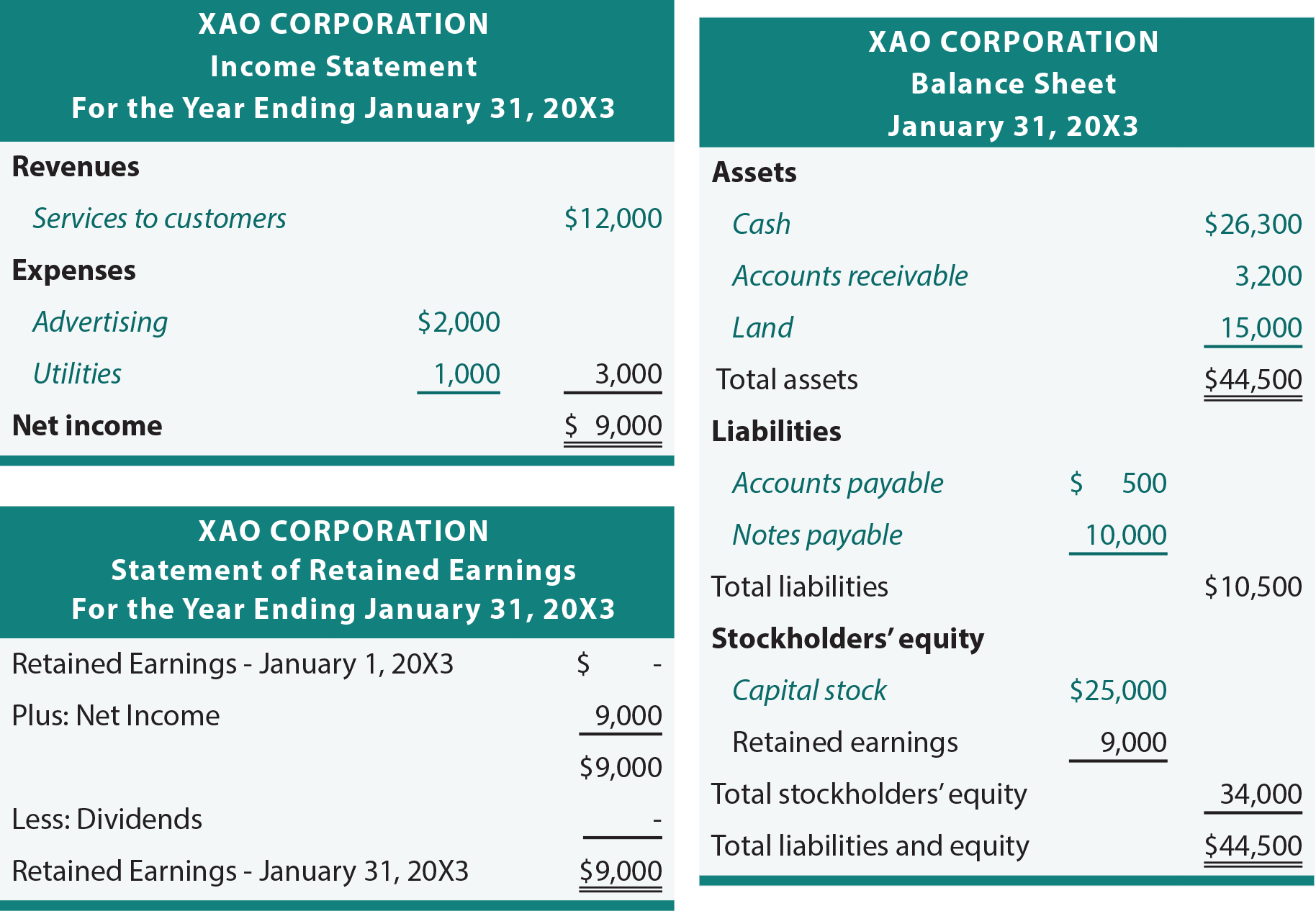
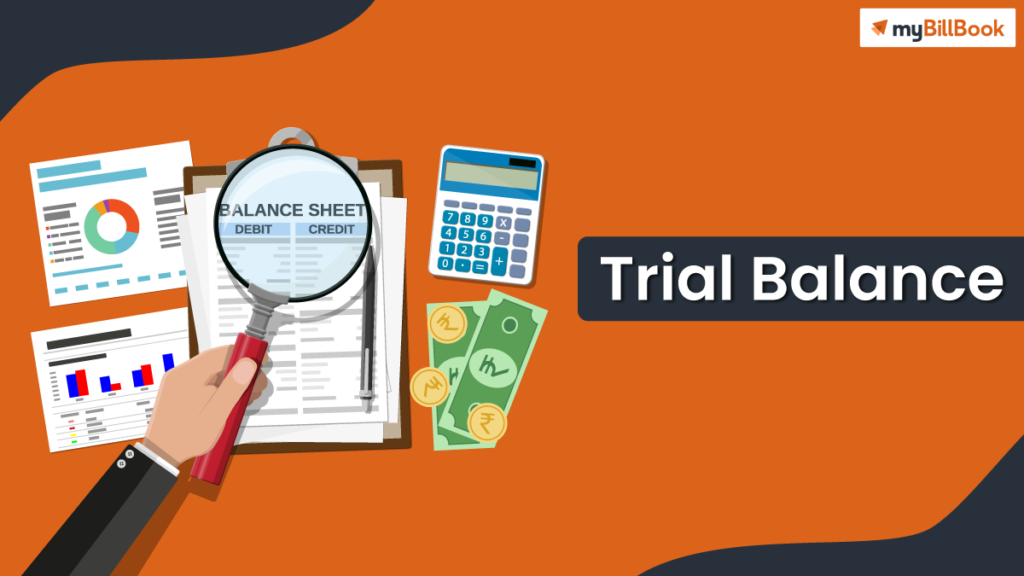
:max_bytes(150000):strip_icc()/trial-balance-4187629-1-c243cdac3d7a42979562d59ddd39c77b.jpg)




